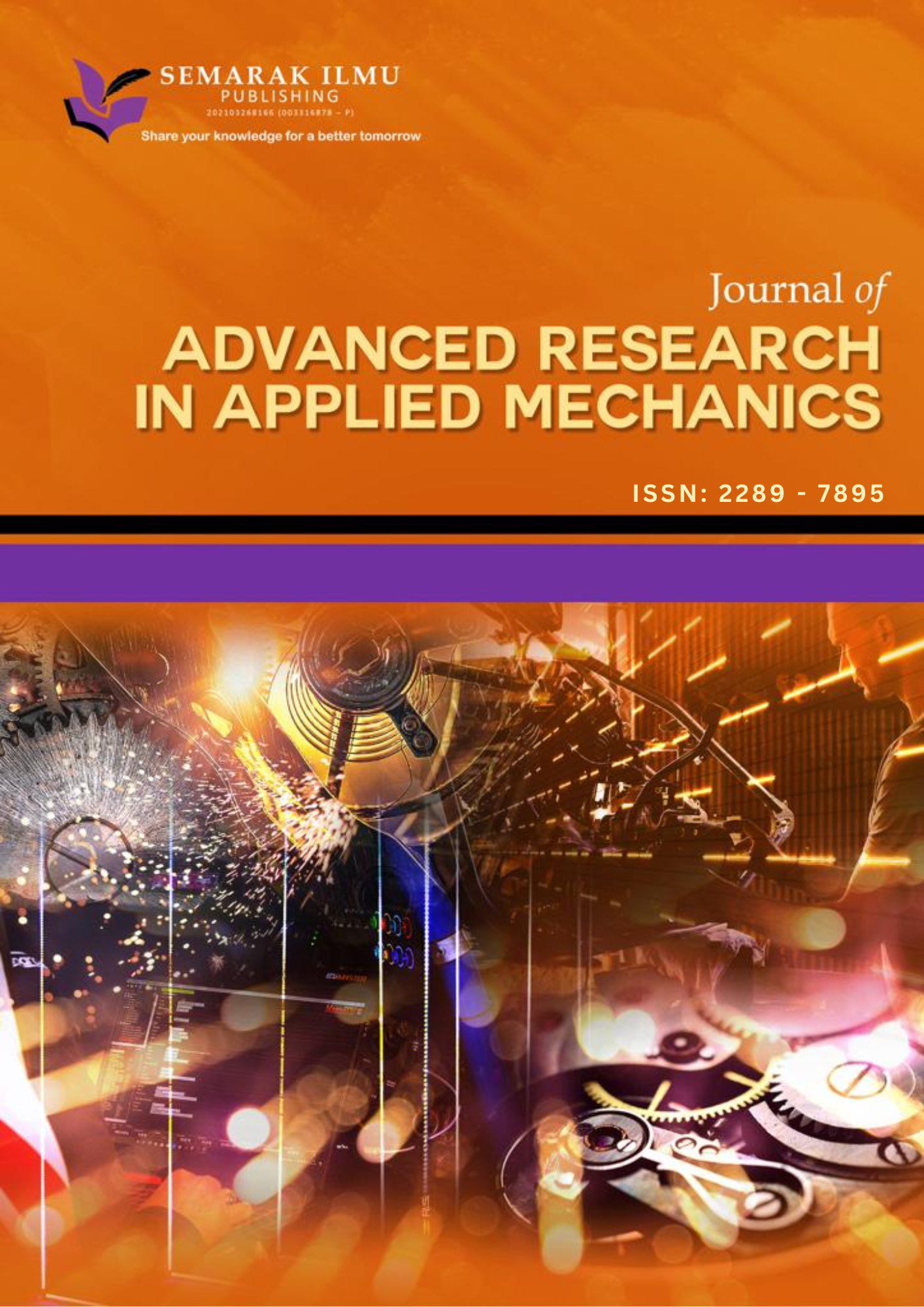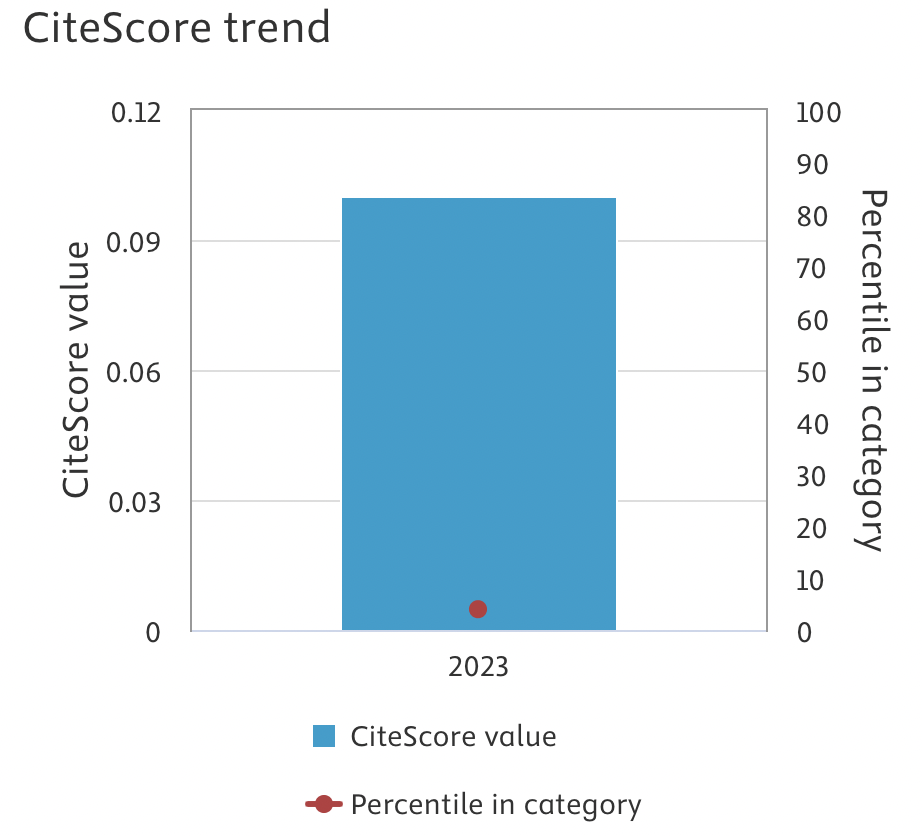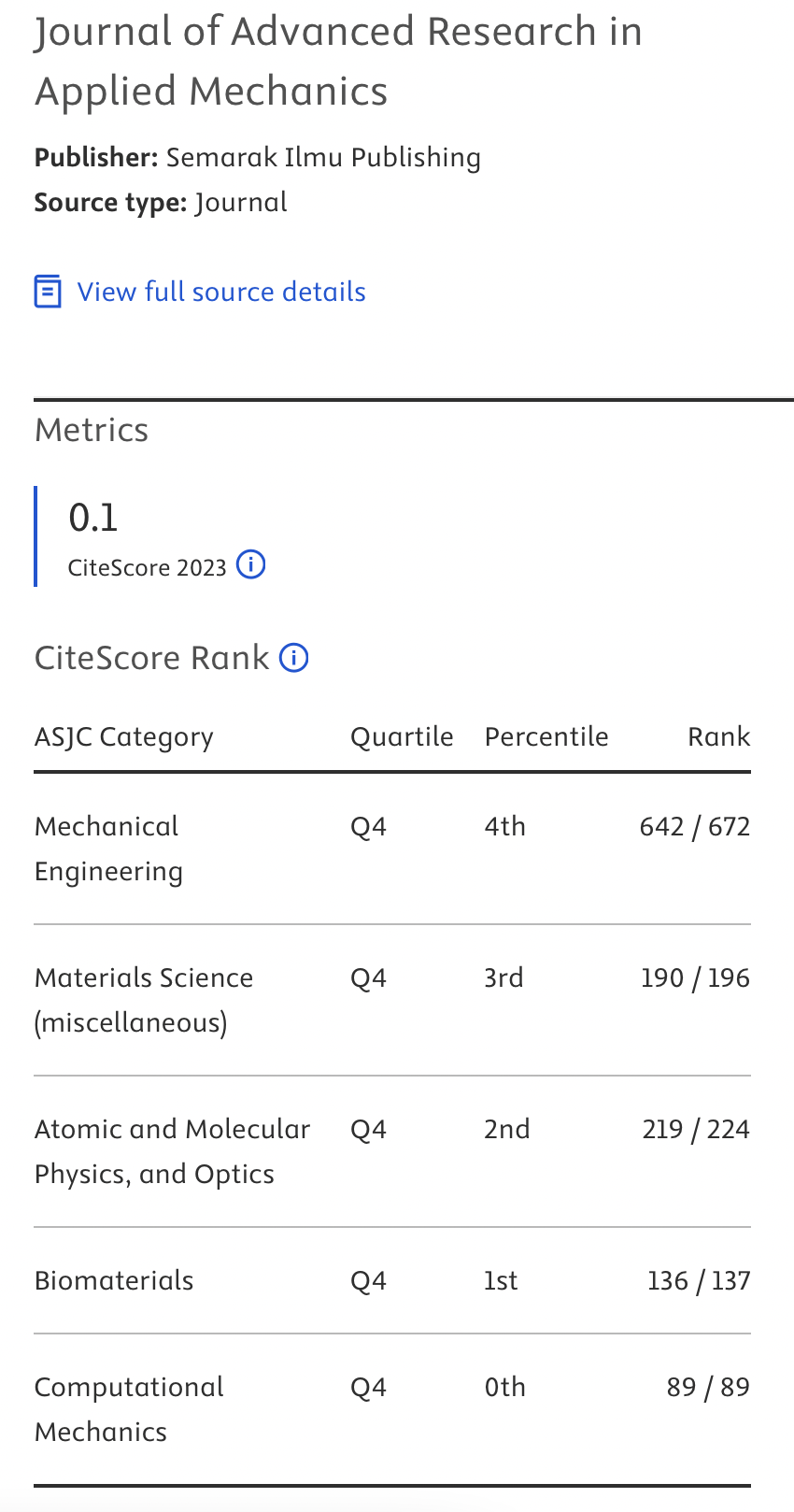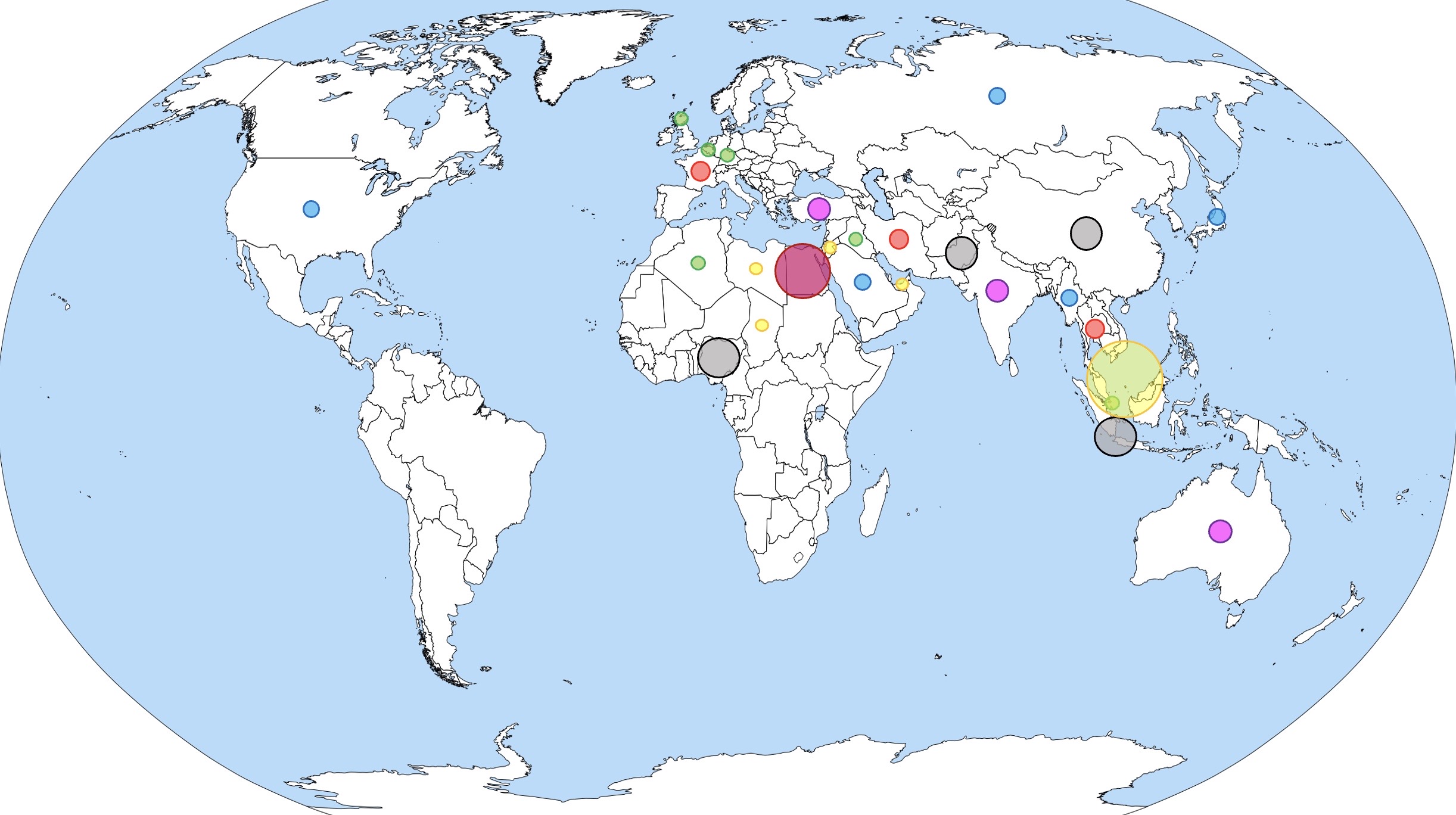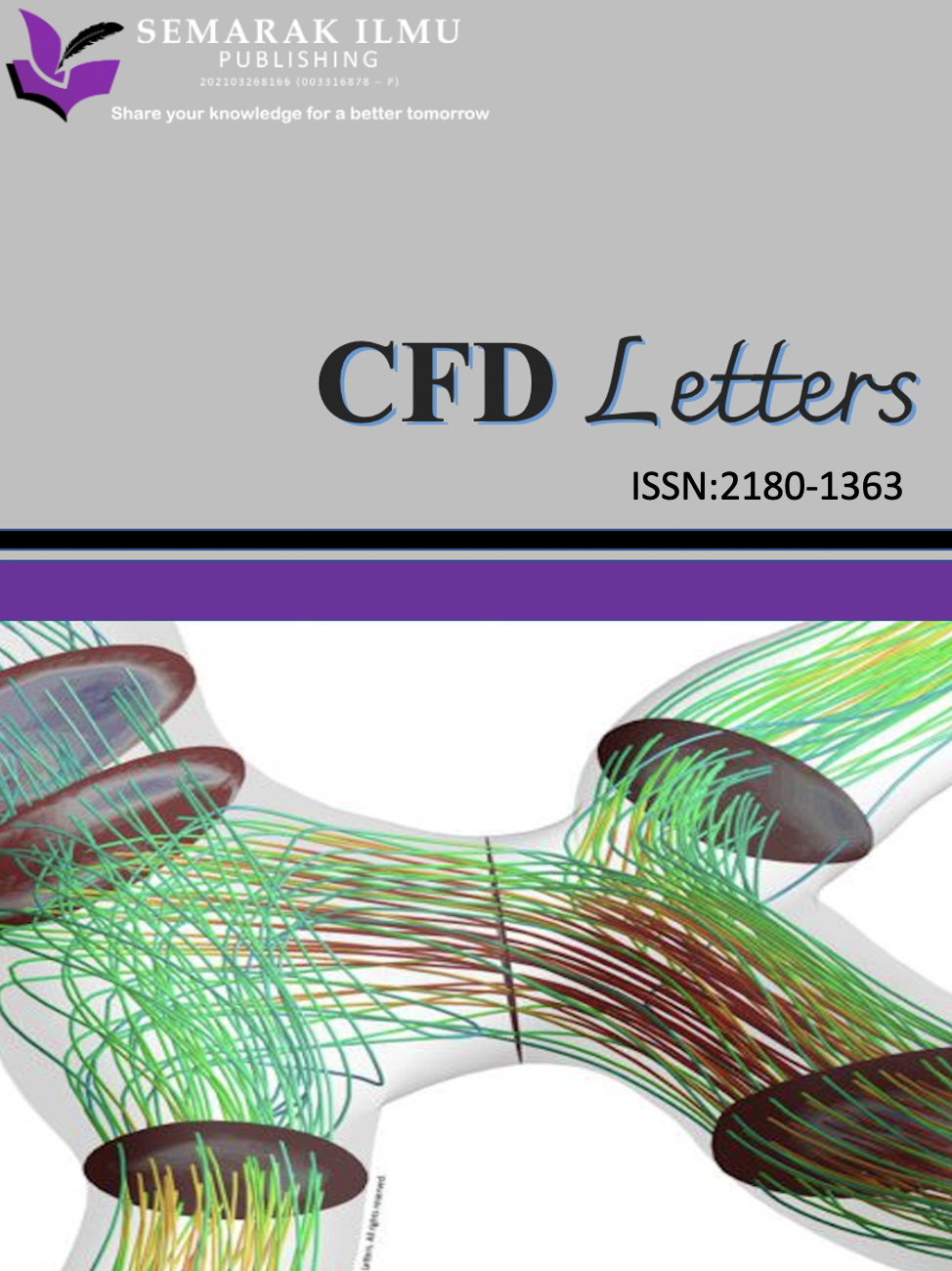Optimum Design of Granular Pile Anchor System for Ground Improvement on Expansive and Shrinking Soil
DOI:
https://doi.org/10.37934/aram.119.1.5365Keywords:
Granular Pile Anchor, shallow foundation, expansive and shrinking soilAbstract
Expansive and shrinking soil that exist in various regions worldwide, has a significant disadvantage due to its expanding and shrinking properties and the repetition process of this phenomenon will cause fatigue and distress to structures resulting in cracks. To reinforce these expansive soils, an innovative technique called the Granular Pile Anchor (GPA) system is used that offers tensile strength, counteracting the forces in an upward direction and minimizing heave. Limitation to prior studies is that it only focuses on load-displacement relationships using the pull-out technique, where an external force is applied to the GPA, and the resulting displacements are measured. These results indicate the GPA's capability to withstand the force being exerted. However, this is not the case in real conditions, heave and expansion forces occur due to water absorption, which exerts pressure and pushes the entire soil bed upward, including the GPA. Therefore, this paper aims to investigate this concept through physical experiments from a small-scale model and numerical studies consisting of a single pile with varying diameters and lengths to determine its optimum design. The reinforced soil ultimately demonstrates a reduction in upward the force and vertical movement in contrast to unreinforced soil. Furthermore, the tests confirm that there is an almost linear relationship between the upward force and heave in both the experimental and numerical investigations. Consequently, incorporating a GPA system into shallow foundations proves to effectively mitigate heave and shrinkage issues in expansive soils, thereby addressing construction-related challenges.
Downloads


